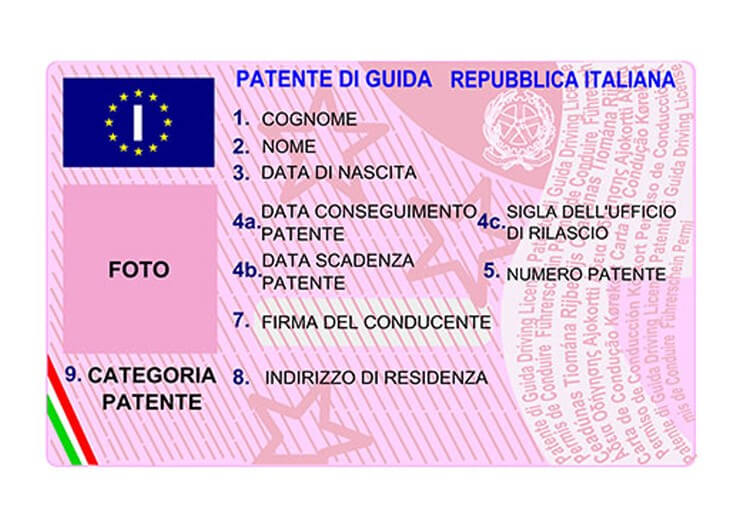Italian Driving License
The Italian Driving License, known as “Patente di Guida,” is a valuable document that grants individuals the legal authority to drive motor vehicles on the roads of Italy. Administered by the Italian Ministry of Infrastructure and Transport, this license signifies competence and responsibility as a driver. It allows holders to explore the picturesque landscapes, historic cities, and charming towns of Italy, fostering a sense of freedom and independence. In this comprehensive guide, we will explore the process of obtaining an Italian Driving License, its significance, and the privileges it bestows upon its holders.
Categories of Italian Driving License
- Categoria A (Category A): This category is for motorcycles, mopeds, and scooters.
- Categoria B (Category B): The B category is for driving cars, including light vehicles.
- Categoria C (Category C): This category permits the driving of large goods vehicles (lorries/trucks).
- Categoria D (Category D): The D category is for driving buses and coaches.
Application Process for an Italian Driving License
The application process for an Italian Driving License involves the following steps:
- Medical Certificate: Aspiring drivers must obtain a medical certificate from a registered medical practitioner, certifying that they are physically and mentally fit to drive.
- Theory Examination: Applicants must pass a written theory examination, which evaluates their knowledge of road rules, traffic signs, and driving regulations.
- Practical Lessons: After passing the theory exam, candidates are required to undergo a specific number of practical driving lessons with a licensed driving instructor.
- Practical Driving Test: Once the practical lessons are completed, candidates must take the practical driving test, where they demonstrate their driving skills and ability to handle different traffic situations.
- Issuance of the License: Upon successful completion of the tests, the Italian Driving License is issued to the candidate, enabling them to drive in Italy.
Driving with a Foreign License in Italy
Individuals visiting Italy from certain countries may be allowed to drive with their foreign driving license for a limited period. The duration and conditions under which foreign licenses are valid can vary, and it is essential to check the specific rules before driving in Italy.
Privileges and Responsibilities of an Italian Driving License Holder
Holding an Italian Driving License comes with several privileges and responsibilities:
- Driving Privileges: The Italian Driving License allows holders to drive within the license’s specified vehicle categories, providing mobility and convenience.
- Road Safety Obligations: Drivers must adhere to all road rules and regulations, follow speed limits, and prioritize safety for themselves and other road users.
- Vehicle Maintenance: License holders are responsible for maintaining their vehicles in roadworthy conditions and obtaining the necessary insurance coverage.
- Legal Compliance: Drivers must carry their driving license and relevant vehicle documents while driving to comply with legal requirements.
Conclusion
The Italian Driving License is more than just a permit to drive; it is a ticket to experience the beauty and wonders of Italy with independence and freedom. From exploring the charming countryside to navigating through bustling cities, the license empowers drivers to embark on remarkable journeys across the country. By going through the application process, mastering the driving skills, and adhering to road safety regulations, individuals can proudly hold an Italian Driving License, confident in their ability to traverse the roads of Italy responsibly. This document serves as a symbol of competency, responsible driving, and the privilege of exploring the rich cultural heritage and diverse landscapes that Italy has to offer.







